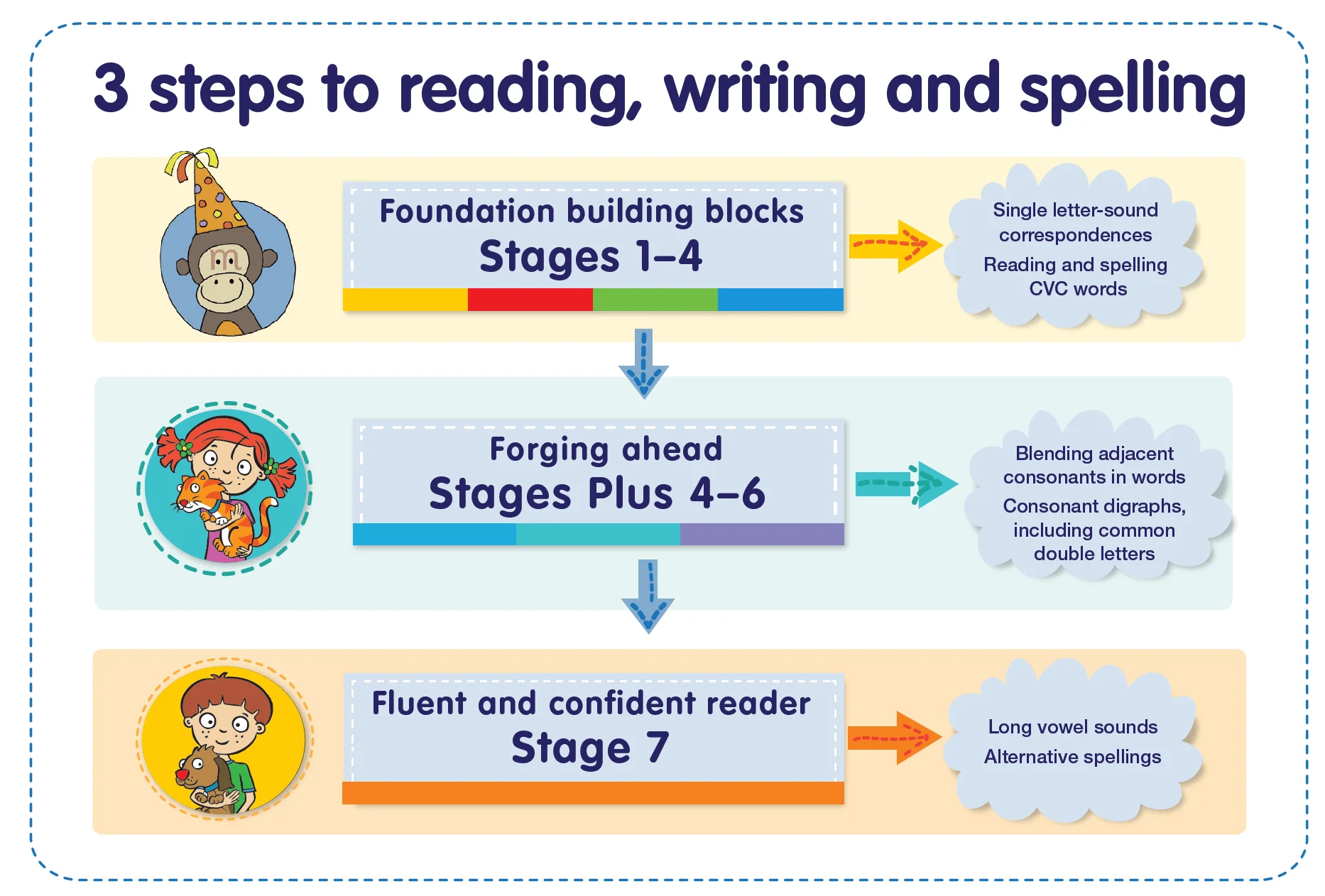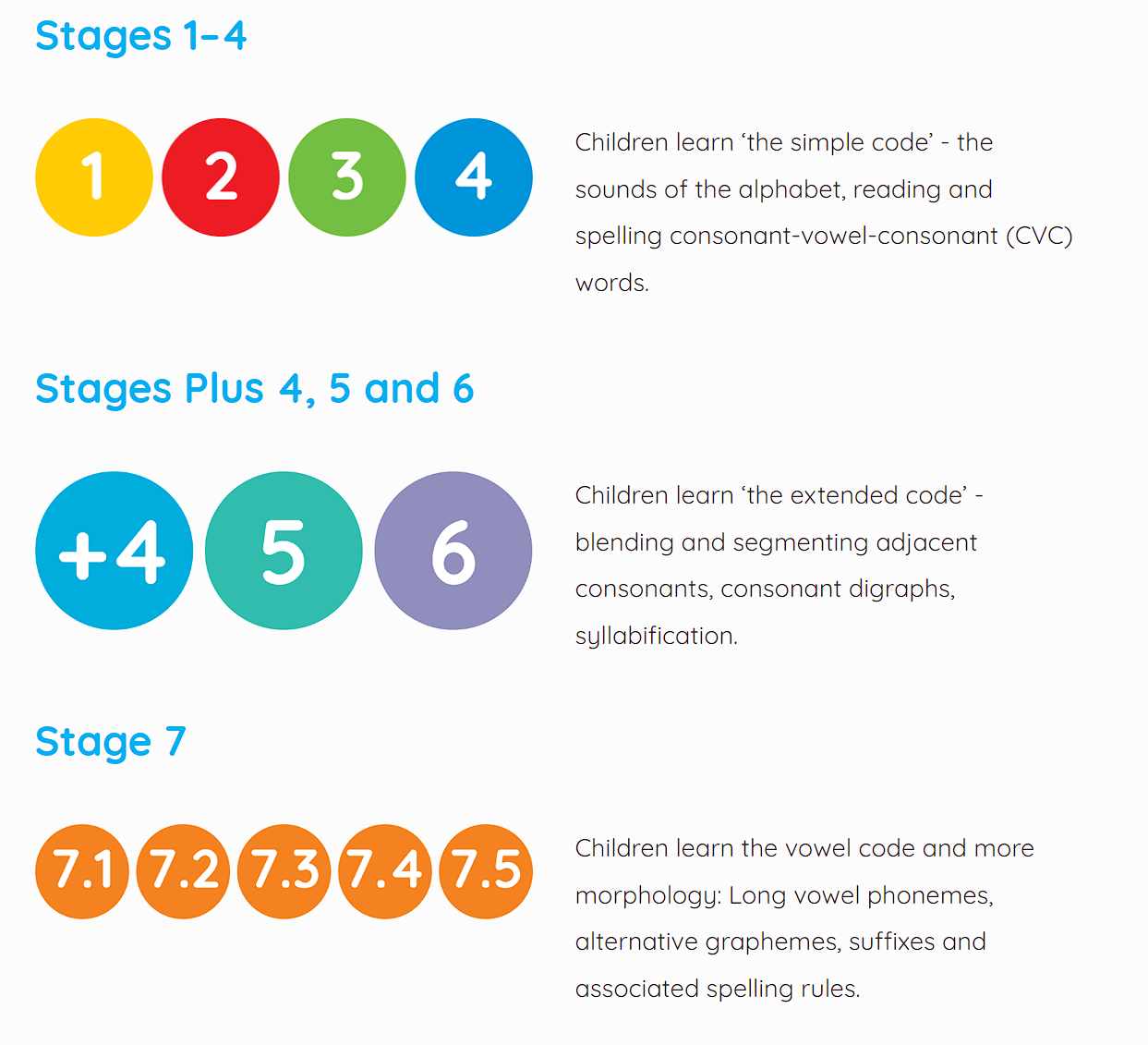The Structured Literacy Approach
Our teaching and learning in reading is based on scientific research on how the brain learns to read.
- Phonological awareness is the ability to hear and consciously break words into syllables, rhyme, onset and rime, and individual sounds or phonemes.
- Phonemic awareness is the ability to hear, differentiate, and attend to the individual sounds or phonemes within words and is part of phonological awareness.
Children need to have phonological awareness skills when learning to read to enable them to make the link between sounds and letters. Phonological awareness ability at school entry is considered to be one of the best predictors of a child’s reading success.
Successful teaching of phonological awareness relies on the teacher knowing how to explicitly teach and help children to understand how words can be segmented and blended. Teachers effectively model (for example, through “talk alouds”) and then scaffold children’s responses to shape successful understanding.
The teachers will explicitly teach a systematic scope and sequence of sounds. Your child may bring home decodable readers that follow this scope and sequence.
For more information about structured literacy see the following links:
- TKI Understanding Structured Literacy
Structured Literacy instruction is the umbrella term used to describe evidence-based programmes and approaches that are effective for students with dyslexia.This is relevant to all learners, not only to learners with dyslexia - Literacy Online
Sounds and Words is designed to support teachers and students to learn about phonological awareness and spelling.


